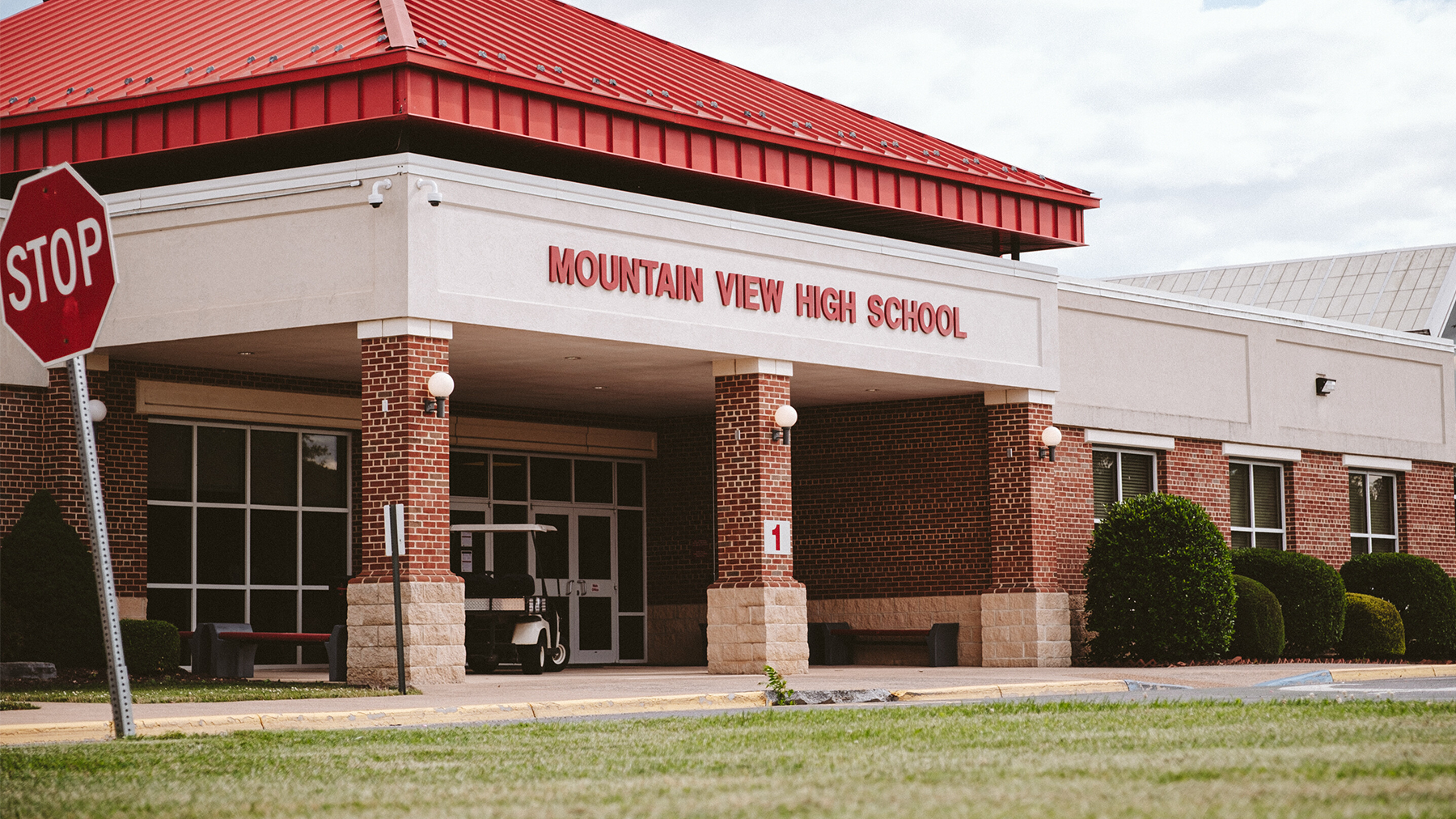The Shenandoah County School Board’s vote reverting the names of Honey Run Elementary School and Mountain View High School to names that honor Confederate generals shows an ignorance of American and Virginian history. The decision warrants a review of the history of the Civil War and an examination of how the United States came to honor men who committed treason.
Supporters of the school board’s decision claim that these Confederate names honor Virginia’s heritage. They argue that removing the names “erases history.” The truth is Confederate memorials like these school names were part of an organized propaganda campaign to erase and rewrite Civil War history.
Before and during the war, Confederate leaders stated explicitly and constantly that they fought for slavery and white supremacy. Confederate Vice President Alexander Stephens declared white supremacy the “The Cornerstone of the Confederacy.”
After the war, former Confederates attempted to erase the history of the Civil War as a struggle between slavery and a “new birth of freedom.” They started claiming that they had fought for “states’ rights,” not slavery. They used Confederate symbols to intimidate Black people and maintain white supremacy. Former Confederates set up thousands of memorials across the country portraying men who committed treason against the United States as “American heroes.”
The memorialization of Confederate names on U.S. schools has a more recent history dating back to the civil rights era. After the Brown v. Board of Education U.S. Supreme Court decision mandated school integration in 1954, 47 Southern schools took the names of Confederates to send the message that they rejected integration.
Virginia has a heritage beyond slavery, white supremacy and segregation. Around 22,000 white Virginians fought for the Union in the Civil War, joined by around 6,000 Black Virginians, according to The South vs. The South by William W. Freehling. Where is their memorial? From white abolitionist Robert Pleasants to blues musician William Moore, from education reformer Lila Meade Valentine to eight U.S. presidents, there are more worthy Virginians to honor than traitors who fought against racial equality.
The Shenandoah School Board reversal is disappointing considering that, since 2015, Virginians have overwhelmingly decided to remove Confederate memorials from their public spaces. But progress continues. Last year, the U.S. military changed the names of all 10 military bases named after Confederates following a bipartisan federal mandate. In Virginia, Fort Lee became Fort Gregg-Adams, named for U.S. military heroes Arthur J. Gregg and Charity Adams. Arlington National Cemetery finally removed the Confederate memorial from its grounds in 2023.
Since 2015, community groups have successfully removed over 400 Confederate memorials nationwide, which includes removing Confederate names from 21 public schools. While over 2,000 total Confederate memorials remain, communities across the country are working to honor true history and remove Confederate monuments from public spaces. And students across the country are advocating the removal of Confederate names from their schools. From their work, we will see a new birth of freedom.
Rivka Maizlish is a historian and senior research analyst with the Southern Poverty Law Center’s Intelligence Project.
This blog post was originally published in The Virginian-Pilot.
Image at top: Mountain View High School in Quicksburg, Virginia, is shown in a photo from 2022. The school board of Shenandoah County, where the school is located, has voted to reinstate the school’s previous name, Stonewall Jackson High School. (Credit: Eze Amos/The New York Times/Redux)



